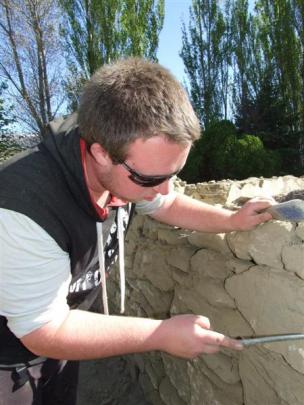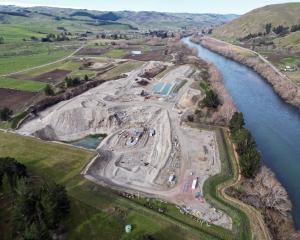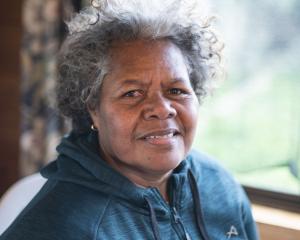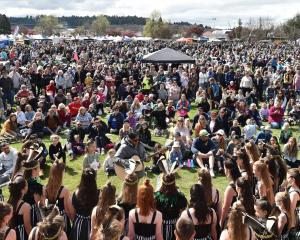Lady luck was on the side of gold-miner Alexander Beattie in 1891.
He was one of the lucky ones in a small-scale gold rush at Northburn/Quartz-reef Point area, scoring what the Cromwell Argus newspaper described as ''payable gold'' from his claim on the Clutha.
Mr Beattie was so partial to the area he set up house there and later successfully acquired a lease of 10 acres (4ha) of land, so he was able to surrender his miner's right.
Thanks to a combined effort between several groups and agencies, the partly demolished and preserved ruins of Mr Beattie's 124-year-old cottage and its later additions, and its gardens and pathways, will be available for the public to view.
''This is a whole layer of history people can explore -we don't have many miner's cottages like this and it's right next to the lake and quite a special spot,'' Heritage New Zealand Otago-Southland regional archaeologist Matthew Schmidt said.
Heritage New Zealand, Land Information New Zealand, which administers the land, volunteers from Historic Places Central Otago, Fulton Hogan, and students from the Otago Polytechnic Central Otago campus stonemasonry course are all working together on the project.
The building had fallen into disrepair but it was able to be partially demolished to a safe level and the remaining stone walls shored up, repointed and recapped so it was preserved for future generations to view.
''It's similar to what happened with the Bendigo Bakehouse and another excellent example of what can happen with everyone contributing their time and resources,'' Dr Schmidt said.
The cottage was well hidden and even some locals were unaware of its existence, thinking it was on private land. Work began on the site last week and Historic Places volunteers helped clean up the surrounds.
A stone pathway to the river was revealed, along with a grapevine and mature plum, apricot and quince trees.
The cottage was last lived in only a couple of years ago.
Although he lived there from about 1891, Mr Beattie was awarded a lease on the land on 1915 and 10 years later, the electoral roll listed him as retired.
He is believed to have died abut 1940 and by 1967 the title of the property was transferred to the Wilson family.
The land was taken by the Crown for ''the generation of electricity'' in 1979.
Otago Polytechnic stonemasonry programme manager Steve Holmes said it was great for students to be working on a historic building and stopping it deteriorating further.
''It's a great experience for them to work on something like this and it's a good opportunity for the class to be involved,'' he said.
The project would take about three weeks. All the loose material was being removed and the stones would be repointed to replace the existing mud mortar, ''which is prone to washing out''.
Student John Jepson said it was good to be learning something new from a building that was more than 120 years old.
Another student, Tomas Hessell said it was interesting to note the different style of construction - the way the earlier stonemason had laid more stone vertically.
When the project is finished, the location of the cottage will be signposted from State Highway 8 at Northburn.













